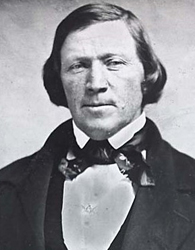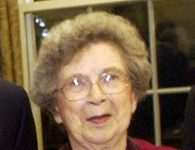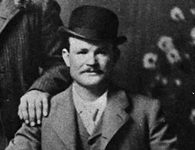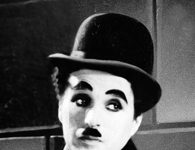He led a church through its infancy, guided thousands of pioneers on a historic cross-country migration, helped settle the state of Utah and was instrumental in bringing the railroad to the West. Brigham Young was an accomplished leader in his time, a powerful figure who some called an “American Moses.”
Brigham Young’s Early Days
Born June 1, 1801, in Whittingham, Vermont, Brigham Young grew up in a time of great religious enthusiasm, but he didn’t commit to a religion until 1824 when he chose the Methodist faith.
He became a member of the Latter-day Saint faith in 1832, several months after becoming acquainted with the church and its prophet, Joseph Smith. His responsibilities in the church grew over time, serving as a missionary and as a member of the Council of the Twelve Apostles.
After the Latter-day Saint prophet Joseph Smith was murdered, Brigham Young became the church’s new leader and soon thereafter found himself leading a substantial pioneer movement across the country as persecution against the church’s members intensified. He brought church followers to the Great Salt Lake Basin, which would later become part of the state of Utah.
FindingDulcinea’s Web Guide to Mormonism can help you learn more about the church, its history and current events issues.
Sources in this Story
- Utah.gov: Utah History to Go: Brigham Young
- The BBC: Religion & Ethics: Mormon Pioneers
- National Park Service: Capitol Reef National Park: Cultural Landscape Report: Fruita Rural Historic District, Capitol Reef National Park (PDF)
- Central Pacific Railroad Photographic History Museum: Utah’s Role in the Pacific Railroad
- The Church of Jesus Christ of Latter-day Saints: Brigham Young: An American Moses
- Utah.com: Brigham Young Winter Home
Young’s Notable Accomplishments
His skillful ability as a colonizer is part of what makes Brigham Young memorable. The success of church members in desert agriculture made an unquestionably difficult part of the country livable.
Church members began fanning out over time, settling more and more of Utah and developing numerous successful communities. Land and water were allocated to settlers based on a system that emphasized cooperation and helping the group as a whole to succeed; not every frontier settlement worked this way.
Another major event for Utah, and indeed the West, was the successful completion of the Pacific Railroad. Mormon church members were some of the first to petition Congress for the railroad, and they provided a great deal of labor to survey and blaze the railroad route. For church members, time spent working on the line was quite beneficial. Missionary and immigration programs relied on the train heavily, as did the mining industry.
In addition to his role as a religious leader, Young was also a political figure in Utah, serving as the state’s first governor and as superintendent of Indian Affairs of Utah Territory.
Despite his political responsibilities, he wouldn’t always share his views with those around him. Of a meeting with Young, Mark Twain once said, the man “merely looked around at me, at distant intervals, something as I have seen a benignant old cat look around to see which kitten was meddling with her tail.”
The Man and His Work
- “Brigham Young: American Moses,” by Leonard J. Arrington
- “Biography: Brigham Young—Architect of Faith” (DVD)
The Rest of the Story
During his later years, Young moved to St. George, Utah, and became the city’s first “snowbird.” The area was hot and dry, and Young, suffering from arthritis, found the climate relieved some of his pains. Young saw great importance in helping St. George thrive, and steered the city’s residents along as they built a temple, a courthouse and a tabernacle there.
Young died on August 29, 1877, at the age of 76.
This article was originally written by Lindsey Chapman; it was updated May 6, 2017.











